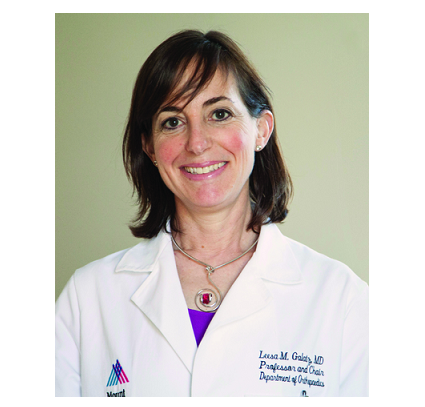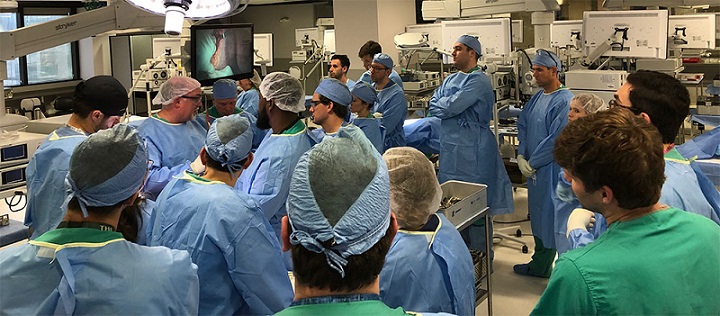Elizabeth Hofheinz, M.P.H., M.Ed.
Who are the program directors and chairs of orthopedic departments around the nation? Taking research in a completely new direction, a team from NYU Langone Health and Columbia University recently surveyed 153 chairs and 161 program directors in order to gather information on the backgrounds and training of these individuals.
Their study, “The Current State of Orthopaedic Educational Leadership,” was published in the February 15, 2021 edition of the Journal of the American Academy of Orthopaedic Surgeons.
Co-author Kenneth Egol, M.D., the Joseph E. Milgram Professor of Orthopedic Surgery at NYU Langone, told OSN: “The department of orthopedic surgery at NYU Langone is in itself one of the most diverse in the United States. We owe this to our departmental leadership. This study was an audit to assess the landscape within the field with regard to diversity at the upper levels of leadership in the field.”
Data obtained were from the 2019 post-match period—and were confirmed as of January 20, 2020, to February 1, 2020. Using the ACGME website, the researchers gathered information on program name, geographic location, accredited residency positions, program director name, number and types of degrees, and length of tenure in that position.
The findings…98% of department chairs were male versus 88.8% of program directors. The investigators found that there are currently only three female chairs and 18 female program directors. Overall, the chairs had been in practice and in their position for longer than program directors (26.4 versus 16.8 years, and 9.1 versus 7.1 years, respectively). The chairs had published more than the program directors and were more likely to be professors.
Program directors were, according to the authors, “more likely to remain at both the same region and institution that they trained in residency. The most common subspecialty was sports among chairs and trauma among program directors, although when compared with national averages orthopaedic trauma and orthopaedic oncology were the most overrepresented subspecialties.”
As for specific training regions, chairs and program directors were most often trained in the Northeast (medical school, residency, or fellowship). The next most common location for both chairs and program directors to train was the South.
“…Spine surgeons made up a higher proportion of chairs specifically, “ said the researchers, “compared with the national AAOS membership, whereas foot and ankle and pediatric orthopaedic surgeons made up a higher proportion of PDs.”
“The overwhelming results,” says Dr. Egol, “are that men hold almost all significant leadership within academic orthopedics. Our national organizations such as the AAOS, AOA and can use this information to help develop future leaders with a more diverse makeup.”
“Not only is it important that we train a diverse workforce of orthopedic surgeons to care for our population, but we need to mentor younger orthopedic surgeons of all backgrounds for leadership within the field.”







